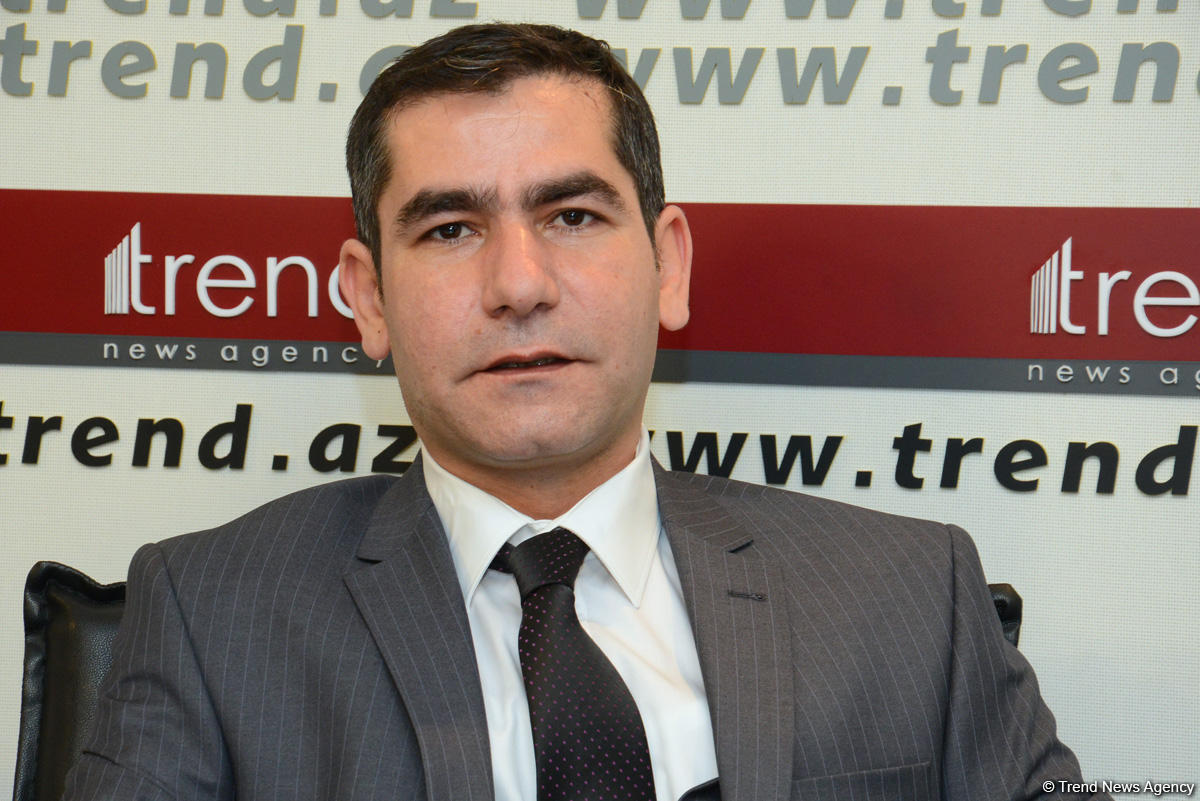Baku, Azerbaijan, July 10
By Dalga Khatinoglu – Trend:
A week after signing a deal between National Iranian Oil Company and a consortium, consisting of French Total (with 50.1% share), Chinese NCPC (30% share) and local Petro Pars (19.9% stake), the pressure from inside the country started to rise, especially from hardliners and the Islamic Revolutionary Guard Corps (IRGC).
Iran’s Oil Ministry and officials have repeatedly explained the benefits of the signed deal with Total, based on newly designed contract model, called Iran Petroleum Contract (IPC), but the critique was growing further.
The deal is aimed to produce 56 million cubic meters per day (mcm/d) of gas as well as 80,000 barrels per day of gas condensate from the phase 11 of South Pars gas field in a 20-year period, extendable for further five months.
Brigadier General Ebadollah Abdollahi, the commander of IRGC's Khatam al-Anbia Construction Base recently called the deal “really unjustified”.
What went wrong?
According to the $4.8-billion deal, some 335 bcm of methane, 290 mb/d of gas condensate, 26 million tons of ethane, propane and butane as well as 2 million tons of sulphur is expected to be produced from phase 11, with worth $84 billion based on 50/barrel oil price, of which 15 percent or $12 billion is expected to be paid to the consortium in 20 years.
The phase would become operational in 40 months as first stage, with worth $2 billion and the second stage of project, aimed to maintain the production level after 2023 would cost further $2.8 billion.
Coming to the payment method in IPC, Iran delivers a percentage of produced hydrocarbons to foreign company in a specific point, like oil terminals.
It is not clear, how Total or CNPC would take their share in the gas output, since there are no LNG plants or a pipeline to deliver their shares to their clients. However, they can receive gas and liquefy by it on floating LNG ships or sell the gas to Iran at regional prices, because gas price in Iran is very low.
However, the details of legal aspects of IPC indicate that this model is very similar to Iraq’s new contract model.
Under Iraq’s service contracts used for post-2003 tenders, the ministry pays foreign contractors a fixed dollar-denominated fee for every barrel of oil produced, unlike Iran that proposes a percentage of production.
Iraq could increase the oil output capacity from 1.7 mb/d in late 2005 to the current 4.7 mb/d, thanks to the new contract model.
Iran’s NIOC (National Iranian Oil Company) has above $50 billion in debts to contractors and it doesn’t seem it possesses enough funds to invest in the new fields. Therefore, attracting investment based on IPC is very suitable for Iran.
It seems that the critics are mostly politically-motivated rather than financially.
Coming to South Pars, Iran needs ten times heavier platforms (20,000 tons) , each carrying 2-3 huge compressors to prevent the production fall after 2023, when the field reaches dew point and the pressure of reservoir falls significantly.
The second stage of Phase 11 deal includes construction and launching a 20,000-ton platform in 60 months, which would be the first mega platform, used in South pars.
Total is currently studying the field to assume how is it possible preventing production fall after 2023 and probably 15-20 huge platforms with $25-30 billion worth would be needed for South Pars.
Iran has neither funds nor technology of construction of those platforms, but Total does.
Coming to other 49 oil and gas fields, expected to be developed based on IPC, Iran would need more than $100 billion worth of investment in five years. Twenty one fields are gas and the rest are oil fields.
The most complicated issue for Iran is that about 80 percent of its active fields are in their second half-life and lose 0.3 mb/d of their productivity annually. On the other hand, the recovery rate of Iran’s oil fields is about 24 percent in average.
Iran hopes to increase both production level and recovery rate based on IPCs.






